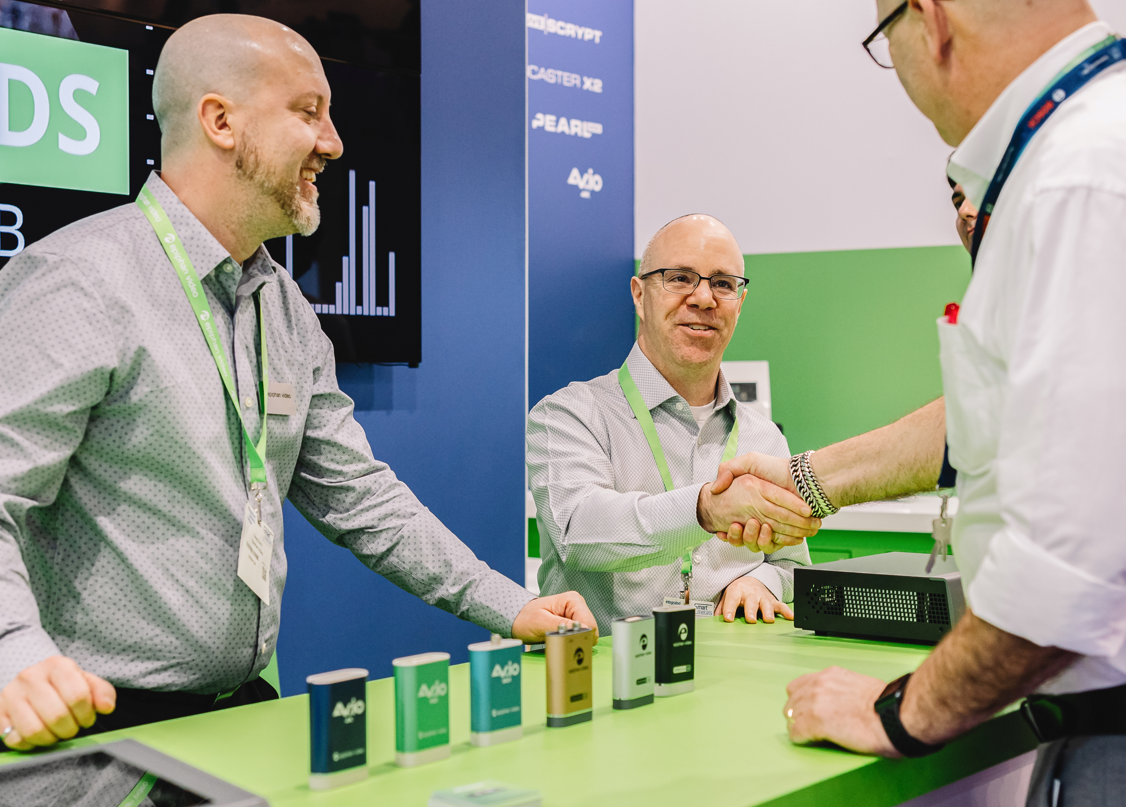
 Smart, Safe and Sustainable – the Keys to the Smart BuildingThe pandemic has profoundly changed the way many of us think about how we live and work. Health, safety and sustainability – powerful concepts reflected at the Smart Building Conference at ISE 2022 – are driving the global smart building market toward $265.37 billion by 2028. Thanks to the combination of smart sensor technology and the expertise of integrators, homeowners and building managers can create smart systems enabling their buildings to be increasingly intuitive, adaptable and responsive.
Smart, Safe and Sustainable – the Keys to the Smart BuildingThe pandemic has profoundly changed the way many of us think about how we live and work. Health, safety and sustainability – powerful concepts reflected at the Smart Building Conference at ISE 2022 – are driving the global smart building market toward $265.37 billion by 2028. Thanks to the combination of smart sensor technology and the expertise of integrators, homeowners and building managers can create smart systems enabling their buildings to be increasingly intuitive, adaptable and responsive.Connected homes
In the home, specific devices like surveillance cameras and smart light bulbs are contributing to spend on smart home solutions exceeding $100 billion by the end of 2021, according to Strategy Analytics.
“Consumer demand for connected systems and services in the home is increasing by the day and has been accelerating as a result of the global pandemic,” says Matt Nimmons, MD, CEDIA EMEA. “In the past eighteen months, we’ve witnessed a real expansion in the trend for technologies to facilitate working from home, or as some are calling it, living at work. Many CEDIA members have worked with developers on delivering robust and secure wi-fi connected spaces that can serve as the home office, complete with the high-quality audio and video performance to match.”
As such, the home is now a multi-functional space that provides a place of comfort, rest and relaxation as well as a secure and practical home office, a learning environment, a cinema, gaming room and fitness suite.
“The biggest developments are not so much in new smart tech, but more in the deployment of it,” says Stuart Tickle, MD at custom integration distribution company, AWE. “Now that people are spending more time at home, things previously thought of as luxury have become more standard.”
He cites smart security cameras to keep an eye on kids playing in the garden, and convenient control of energy efficient lighting and heating. Lighting control systems integrated into the wider home automation system can bring other benefits in terms of ease of use, ‘scene’ setting and even deliver human centric lighting.
“There are no signs of this trend stopping with growth looking set to continue throughout 2022,” he adds. “We are in a rare time when supply is outstripping demand, so integrators have long pipelines of work scheduled in too.”
In turn, this demand has driven investment “in the technology that can deliver the services, comfort and convenience that people now see they need,” advises Peter Broome, Director at UK smart lighting controls manufacturer Rako. “Homeowners have turned to integrators to help make the technology experience as easy to use, reliable and enjoyable as possible.”
https://www.civilengineering.ai/smart-safe-and-sustainable-the-keys-to-the-smart-building/

Post a Comment